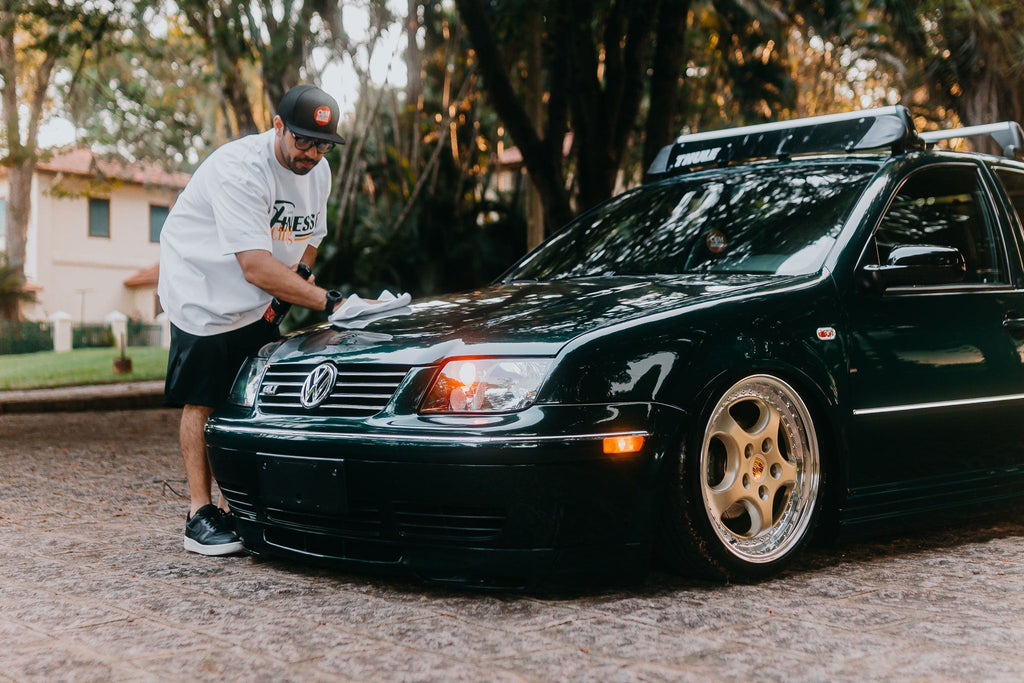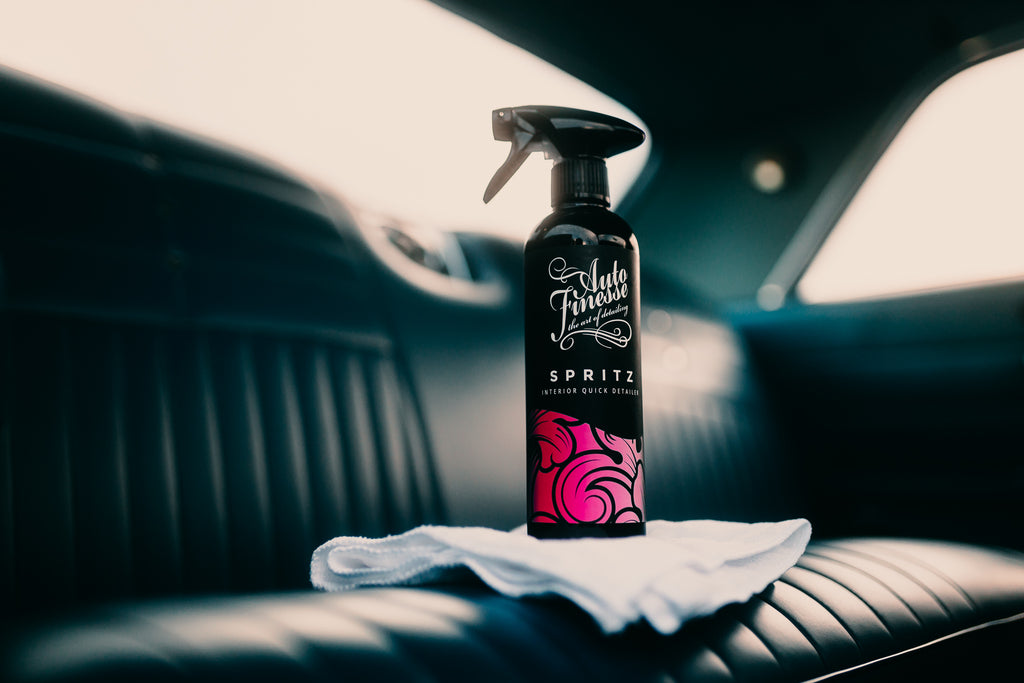How To Clean Your Engine Bay
When cleaning your car, it's easy to overlook certain areas. I'm not referring to the wheels or the boot, but rather the engine bay. Even if you don’t showcase your car with the bonnet open at shows, keeping the engine clean and tidy is still important. There’s more to it than just appearances.



Detailing your engine is just as straightforward as cleaning the rest of your car and is often one of the simpler areas to tackle.



To be honest, would you skip washing one leg in the shower? Of course not. If you're going to put in the effort, do the job properly. Many car owners avoid detailing their engines out of fear of causing damage, but most modern engines and engine bays are well-protected and can handle a thorough clean.



First and foremost, never detail a hot engine! It’s usually best to clean an engine when it’s mildly warm, as contaminants are easier to remove. Simply run the car for 1 to 2 minutes to bring the engine up to a warm temperature before you begin detailing.



Next, protect any components that shouldn’t get wet. Cover the air intakes, alternator, coil packs, Electronic Control Unit (ECU), On-Board Diagnostics (OBD) port, and other electrical parts. Use plastic bags to cover these areas and secure them with masking tape or elastic bands.



Before applying any detailing products, use a can of compressed air or a hand brush to remove any loose dirt from the surfaces.



Next, move on to the cleaning process. Avoid using petrol-based cleaners as they can damage rubber and vinyl components. Instead, opt for Verso All Purpose Cleaner. This gentle yet effective solution cuts through grease and grime without harming delicate parts. Apply Verso and let it sit for about 5 minutes, depending on the level of dirt and grease, keeping an eye on it to ensure it doesn't dry out. Agitate the surface with a high-quality detailing brush to loosen embedded grime.
After agitation, rinse the entire engine compartment with a hose set to a gentle flow to avoid disturbing any taped-off areas. The residual heat from the engine will aid in drying, but use a microfiber towel to dry the area thoroughly. Allowing it to air dry could result in water spots. Once the engine bay is dry, remove the plastic coverings and wipe away any remaining residue.



With the engine bay now dry, it's time to dress and protect the plastic, rubber, and vinyl surfaces under the bonnet. For this task, we recommend using Dressle, our All Purpose Dressing. This water-based, dry-touch dressing is suitable for most surfaces. While it can be sprayed directly onto the engine bay, we suggest applying it to a microfibre cloth or foam applicator pad first for better control.



It's important to allow Dressle to cure for approximately 4-6 hours to ensure full protection. Therefore, it’s best to avoid detailing your engine if you plan to take a long road trip immediately afterward.
After the curing time, simply wipe away any excess. Your engine bay will then be clean, fresh, and well-protected.



- Auto Finesse Verso will effectively remove any waxes applied to your car's paint. If you accidentally spill it on the fenders or encounter any overspray, be sure to reapply wax to those areas.
- Auto Finesse Dressle requires 4-6 hours to fully cure and provide optimal protection.
- A small amount of water won’t harm your engine bay, as it's built to handle excess moisture.
- We recommend cleaning and protecting your engine bay at least twice a year, though you may need to do so more often if you frequently open the bonnet at car shows.



























